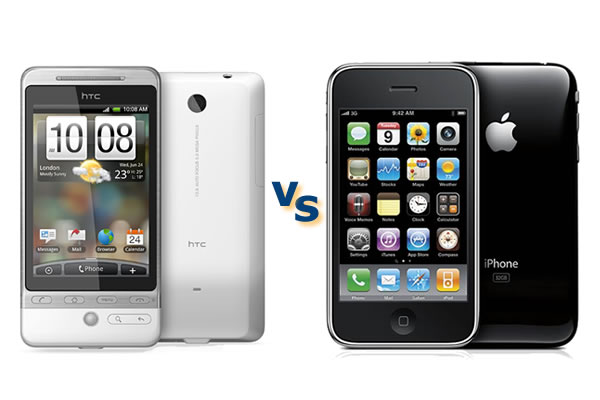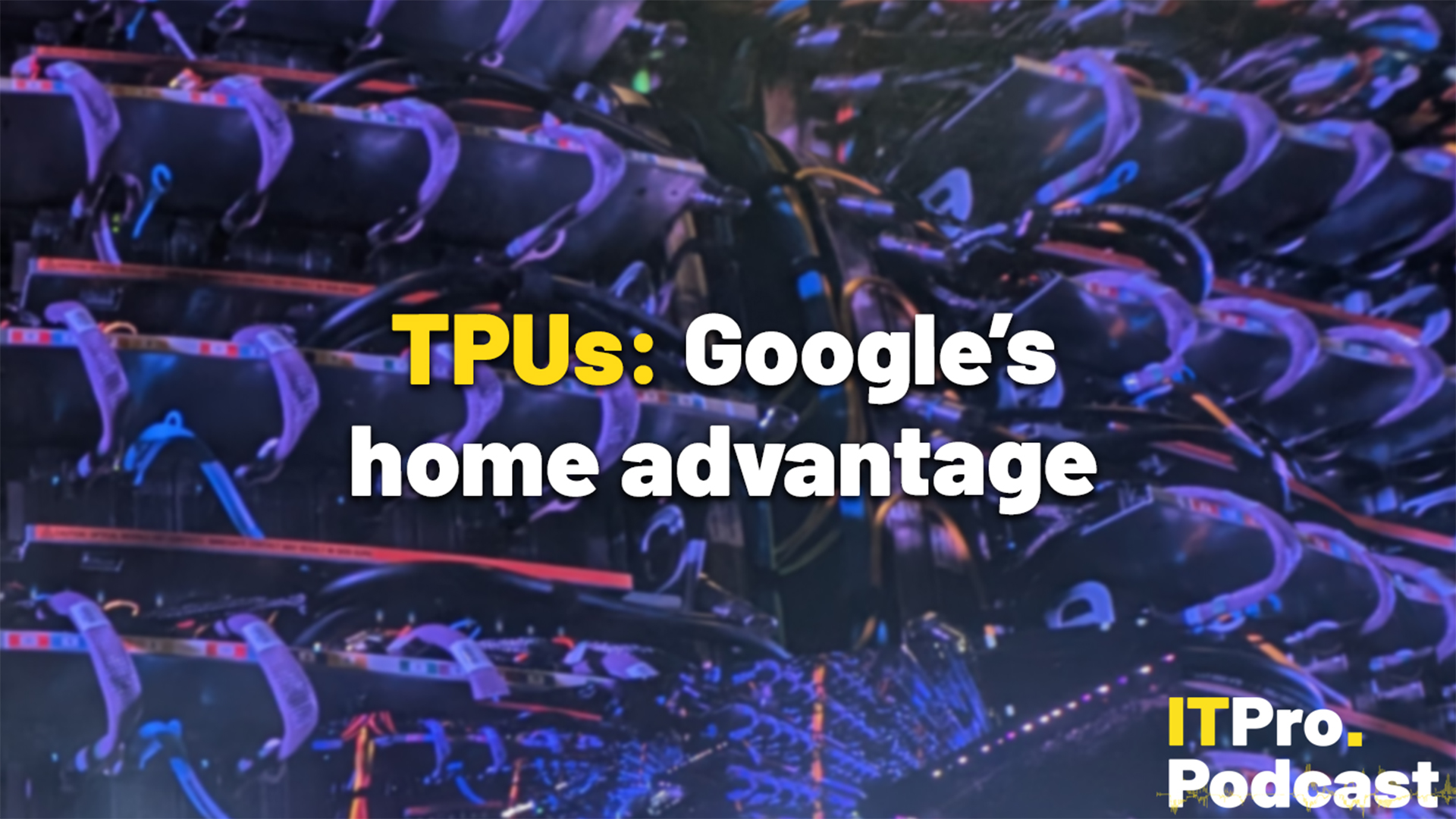Head to head: iPhone 3GS vs HTC Hero
It's a clash of the titans as the flagship Android handset, the HTC Hero, goes up against Apple's golden child the iPhone 3GS.


A shortcoming for both handsets lies in the area of video. Clips shot on the Hero are of average quality although watching content shot elsewhere is a much more pleasant affair. While, in the case of Apple, video (which is captured at 30fps at 640x480) still has a lot to learn, having only recently come to iPhone users with the iPhone 3GS. That said, it does make life easier for the novice video editor, which is a bonus.
While the iPhone 3GS still doesn't support flash, we had some success with the Hero, with it coping just about with flash content on IT PRO. It did drop some frames and took a while to load, but audio remained intact.
AOB?
While business users and consumers alike are demanding more and more out of their phones, it's important to realise that we still need to be able to make and receive calls on them especially in the corporate world.
iPhone 3GS users do suffer from the odd dropped call, but this could be attributed to network issues, and some handsets also experience echo and other sound problems. However, in the main, Apple's baby does offer good call quality. The Hero's call quality is excellent and this even extends to its speakers, which does come in handy for conference calls during business meetings.
The Hero sports a 528MHz processor and the iPhone 3GS a 600MHz ARM processor, both of which are fairly meaty and essential for business users who are likely to have multiple apps open and require a workhorse of a device. Threaded contacts also help users keep track of the different people in their life (whether work or play) and what they're up to, while the iPhone favours a more traditional approach to contacts management.
In addition to digital compasses, both the iPhone 3GS and HTC Hero offer strong support for corporate and personal email accounts, with POP3 and IMAP both on the menu. Set up is relatively quick and pain-free for both handsets.
Sign up today and you will receive a free copy of our Future Focus 2025 report - the leading guidance on AI, cybersecurity and other IT challenges as per 700+ senior executives
The Hero also boasts a few more work-centric feature onboard as standard, including Quickoffice, a PDF viewer and voice recorder, although the iPhone 3GS also sports the latter.
Finally, both handsets share a common love of applications, offering a world of opportunity for work and play through Apple's App Store and Android Market, both of which are incredibly easy to use.
Verdict
It’s unlike us to sit on the fence, but on this occasion we feel we have too. The iPhone 3GS wins in the looks department and the HTC Hero has slightly more to offer users out-of-the-box, but with two quality app stores on tap, business users can quickly and easily add pretty much whatever they choose to their respective devices, so the edge comes down to personal preference alone.
iPhone 3GS
Connectivity: Up to 7.2Mbps HSDPA, GSM/EDGE, 850, 900, 1,800, 1,900MHz), Wi-Fi (802.11g), Bluetooth
Capacity: 16GB/32GBDisplay: 3.5in 480 x 320 (163ppi)
Location: GPS: and assisted, digital compass
Camera: 3.0 megapixel still, 640 x 480 video 30fps
Battery: Built-in rechargeable lithium-ion
Sensors: Accelerometer, Proximity sensor, Ambient light sensor
Dimensions: 62.1mm x 115.5mm x 12.3mm (WxDxH)
Weight: 135g
Colour: Black/White
Battery life: Talk-time 5 hours 3G, 12 hours
Internet use: 5 hours 3G, 9 hours, Wi-Fi
HTC Hero
Connectivity: GSM 850 / 900 / 1800 / 1900, 3G, HSDPA 7.2Mbps
Display: 320x480 pixels, 3.2in
Processor: 528 MHz
Storage: 288MB, microSD card slot
Camera: 5 MP, 2592 x 1944 pixels
GPS: Yes
Wi-Fi: 802.11b/g
Dimensions: 56.2x14.4x112mm (WxDxH)
Weight: 135g
Operating system: Android with HTC's Sense UI
Maggie has been a journalist since 1999, starting her career as an editorial assistant on then-weekly magazine Computing, before working her way up to senior reporter level. In 2006, just weeks before ITPro was launched, Maggie joined Dennis Publishing as a reporter. Having worked her way up to editor of ITPro, she was appointed group editor of CloudPro and ITPro in April 2012. She became the editorial director and took responsibility for ChannelPro, in 2016.
Her areas of particular interest, aside from cloud, include management and C-level issues, the business value of technology, green and environmental issues and careers to name but a few.
-
 Trump's AI executive order could leave US in a 'regulatory vacuum'
Trump's AI executive order could leave US in a 'regulatory vacuum'News Citing a "patchwork of 50 different regulatory regimes" and "ideological bias", President Trump wants rules to be set at a federal level
-
 TPUs: Google's home advantage
TPUs: Google's home advantageITPro Podcast How does TPU v7 stack up against Nvidia's latest chips – and can Google scale AI using only its own supply?
